The smart glasses market is about to get a lot more interesting, and Samsung appears ready to make a serious play for your face. Recent leaks about their upcoming XR glasses reveal a device that's been thoughtfully designed to address the real-world challenges that have kept smart glasses from going mainstream. These aren't just another tech company's attempt to slap a camera on some frames—Samsung seems to understand what actually needs to work for people to wear these things every day.
What's particularly fascinating about these leaks is how they reveal Samsung's strategic thinking. The device carries the model number SM-O200P, which might seem like boring technical minutiae until you realize what it means. Samsung's recently launched Galaxy XR headset uses a completely different identifier prefix (SM-I), suggesting the company is treating these glasses as an entirely separate product category rather than just a lighter version of their headset. That's smart—it shows they recognize that smart glasses and XR headsets serve fundamentally different purposes and user needs.
The internal codename "Haean" follows Samsung's established pattern of using distinct code families for different form factors like foldables, wearables, and earbuds. This isn't just organizational efficiency—it signals that Samsung is building dedicated teams and resources around smart glasses as a distinct product category with its own engineering challenges and market positioning.
What makes these transition lenses special?
Here's where Samsung might have cracked one of the biggest practical problems with smart glasses: lighting adaptability. The inclusion of transition lenses isn't just a nice-to-have feature—it's addressing a fundamental barrier that keeps people from actually wearing smart glasses throughout their day. Think about it: how many times do you go from indoor to outdoor environments, from bright sunlight to dimly lit restaurants? Current smart glasses often leave you choosing between functionality and comfort.
The Chamelo Music Shield already demonstrates this technology with electrochromic tints that adjust via tap or app, proving the concept works. Samsung appears to be taking this foundation and pushing it toward fully automatic adaptation—building on proven technology while eliminating the manual intervention that makes current solutions feel clunky. This represents the natural evolution from proof-of-concept to truly seamless user experience.
What's equally important is that these glasses are expected to include support for prescription lenses. That might sound obvious, but it's been a surprisingly persistent stumbling block for the industry. Many smart glasses have required awkward lens inserts or compromised the overall design to accommodate vision correction. Samsung's approach suggests they're designing with prescription lens compatibility from the ground up rather than treating it as an afterthought.
Camera capabilities that go beyond basic photography
The camera system in Samsung's glasses builds directly on their strategic hardware positioning to enable an entirely new category of interaction. Previous leaks connected the device to Sony's 12MP IMX681 sensor, and this choice reveals Samsung's deeper vision. This isn't a sensor optimized for competing with smartphone cameras—it's specifically designed for tasks like QR code scanning, document capture, and gesture recognition.
Reports indicate the camera system can handle QR code scanning, gesture recognition, and human recognition functions. This positions the glasses as a contextual computing device rather than just a wearable camera—transforming the technical specifications we just discussed into practical capabilities that could change how we navigate daily life. Imagine walking into a restaurant and having your glasses automatically scan the QR code menu, or being able to control your smart home devices with simple hand gestures while your hands are full of groceries.
The camera's role in gesture recognition is particularly intriguing because it connects to Samsung's broader design philosophy. Rather than relying on physical buttons (which the glasses reportedly won't have), Samsung appears to be betting on camera-based gesture controls as the primary interaction method. This could enable surprisingly sophisticated controls while maintaining the clean aesthetic that makes smart glasses socially acceptable to wear.
Technical specifications reveal serious ambitions
The processing power Samsung is packing into these glasses builds directly on their camera-first interaction model to deliver the computational performance needed for real-time gesture recognition and AI processing. Speculation points to Qualcomm's Snapdragon AR1 platform, supplemented by an additional NXP chip designed specifically for low-power on-device vision and AI-enhanced tasks. This dual-processor approach makes perfect sense when you consider the camera capabilities we just discussed—gesture recognition and contextual AI require significant real-time processing power.
The connectivity story flows naturally from this processing strategy. Multiple reports confirm Wi-Fi and Bluetooth capabilities but notably no cellular radio. This design choice reveals how Samsung envisions the interaction between their powerful local processing and cloud-based AI services. Rather than trying to make the glasses standalone communication devices (which would destroy battery life and add significant cost), they're designed to work as intelligent companions to your smartphone—handling time-sensitive processing locally while leveraging your phone's connectivity for cloud AI services.
This approach creates an elegant division of computational labor. Your phone already handles cellular connectivity, GPS, and has the processing power for heavy computational tasks. The glasses can focus on what they do best: providing contextual information, hands-free interaction, and augmented visual experiences while maintaining reasonable battery life and weight.
Speaking of battery life, the reported 155mAh battery capacity provides insight into how Samsung is balancing their ambitious processing goals with wearability constraints. This capacity is similar to what Meta offers in their Ray-Ban collaboration, but Samsung's dual-processor architecture suggests they're extracting more functionality from similar power budgets through smarter processing distribution.
Where Samsung's glasses fit in the broader XR ecosystem
Samsung's technical choices for these glasses make much more sense when viewed as part of their comprehensive XR strategy that extends from lightweight wearables to full immersive headsets. Samsung's Galaxy XR has positioned itself strategically between Meta's Quest and Apple's Vision Pro, offering both gaming capabilities and spatial computing features at a more accessible price point than Apple's offering.
The smart glasses extend this ecosystem into everyday wearables, creating a continuum of XR experiences from lightweight, always-available information access to full immersive computing. Google and Samsung are collaborating with eyewear partners like Warby Parker and Gentle Monster to create AI-powered glasses that could directly compete with Meta's Ray-Ban partnership. This partnership strategy connects Samsung's hardware engineering with established design expertise—addressing the reality that technology alone isn't enough for devices people wear on their faces.
The integration with Google's Android XR platform represents more than just software collaboration—it's the foundation that makes Samsung's companion device strategy viable. Rather than creating yet another proprietary ecosystem, Samsung is betting on Android XR as a unifying platform that could bring the same kind of app ecosystem benefits to XR that Android brought to smartphones. Google's Gemini AI integration means the glasses could offer contextual AI assistance that understands both what you're looking at and what you're trying to accomplish, leveraging the processing power and connectivity strategy we discussed earlier.
What this means for the smart glasses market
The planned Q3 2025 launch timeline positions Samsung to enter a market that's showing real momentum but is still in its early stages. Meta's Ray-Ban collaboration has demonstrated there's genuine consumer interest in smart glasses, but Samsung's approach suggests they see opportunities to advance beyond current limitations. Their focus on automatic transition lenses, sophisticated gesture recognition, and seamless ecosystem integration addresses specific pain points that keep current smart glasses from achieving mainstream adoption.
What's particularly encouraging about Samsung's approach is how each technical choice reinforces their practical problem-solving philosophy. The transition lenses address the real-world challenge of varying lighting conditions. The camera capabilities focus on contextual computing rather than trying to replace smartphone photography. The connectivity strategy prioritizes battery life and cost-effectiveness over standalone independence. The processing architecture balances local AI capabilities with cloud services integration.
The reported weight of just 50 grams demonstrates that Samsung understands comfort is paramount for a device people need to wear all day—but more importantly, it shows they've achieved this while incorporating the dual-processor architecture and advanced camera system we've discussed. Compare this to many VR headsets that weigh 500+ grams and cause neck strain after 30 minutes of use. Smart glasses need to disappear on your face, and Samsung's weight target suggests their technical choices are working together to achieve that goal.
Samsung's collaboration with Google on AI integration through the pre-installed Gemini language model could be the key differentiator that transforms their technical specifications into genuinely useful capabilities. While Meta's glasses offer AI features, Samsung and Google's partnership could deliver more sophisticated contextual understanding and better integration with the broader Android ecosystem that millions of users already rely on daily.
The transition lenses and comprehensive camera capabilities represent more than just feature additions—they're the visible manifestation of Samsung's systematic approach to solving the fundamental barriers to smart glasses adoption. By focusing on practical functionality that enhances daily life rather than trying to create an entirely new category of interaction, Samsung appears to have developed a coherent vision that connects hardware engineering, software integration, and user experience design. The success will ultimately depend on execution, pricing, and whether Samsung can deliver on the promise of technology that truly feels invisible while being genuinely helpful.




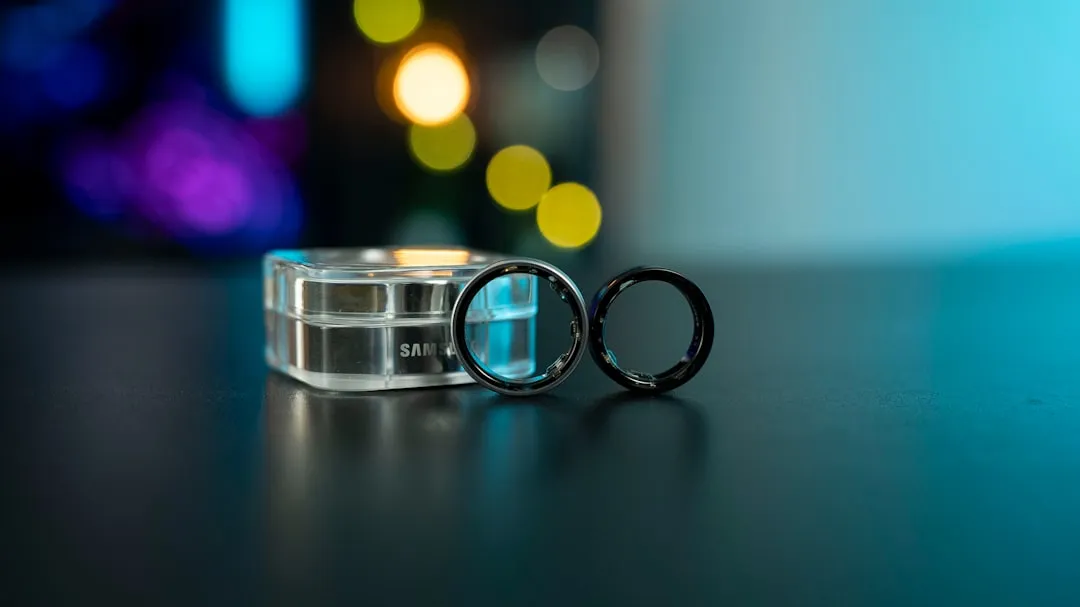
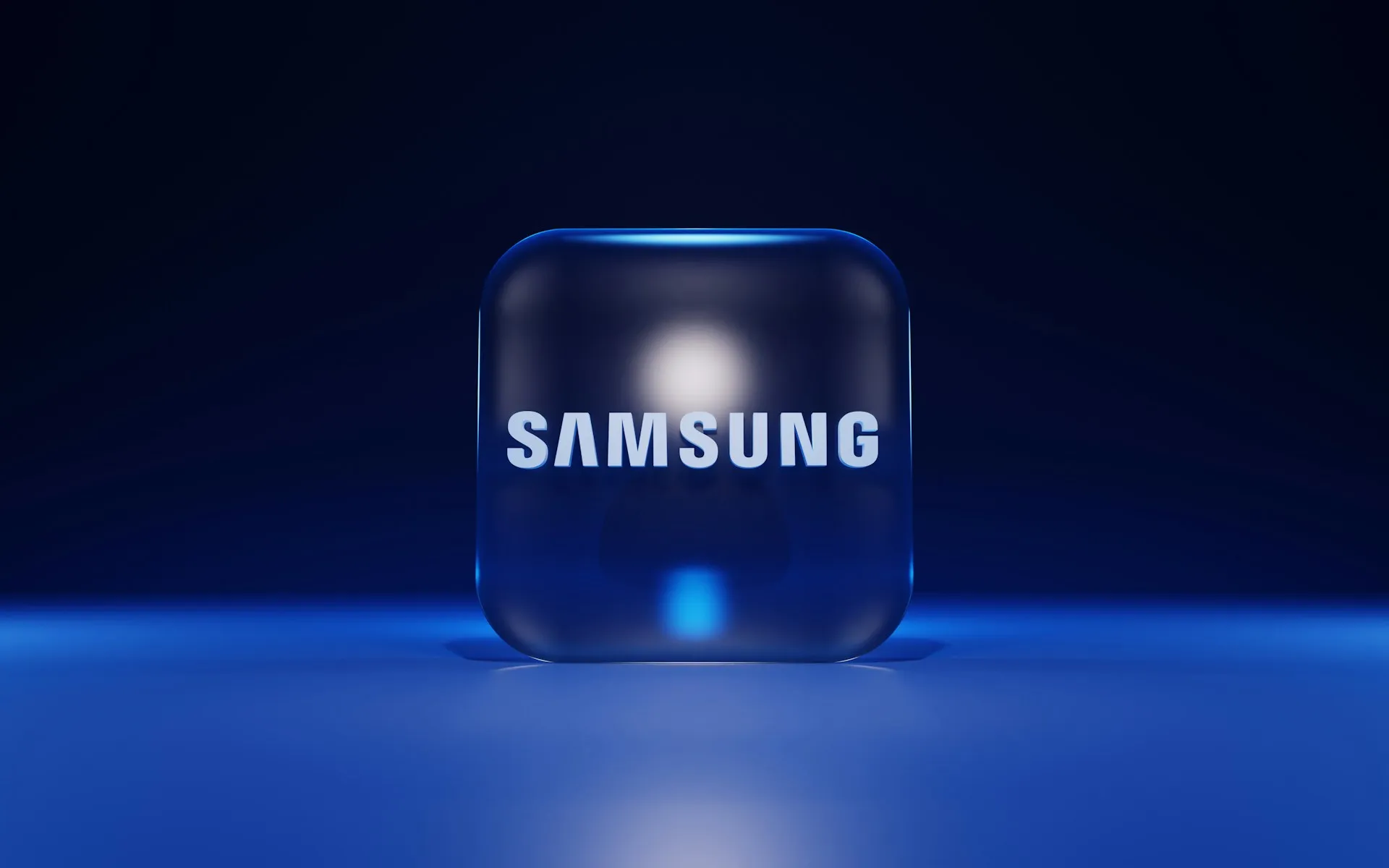


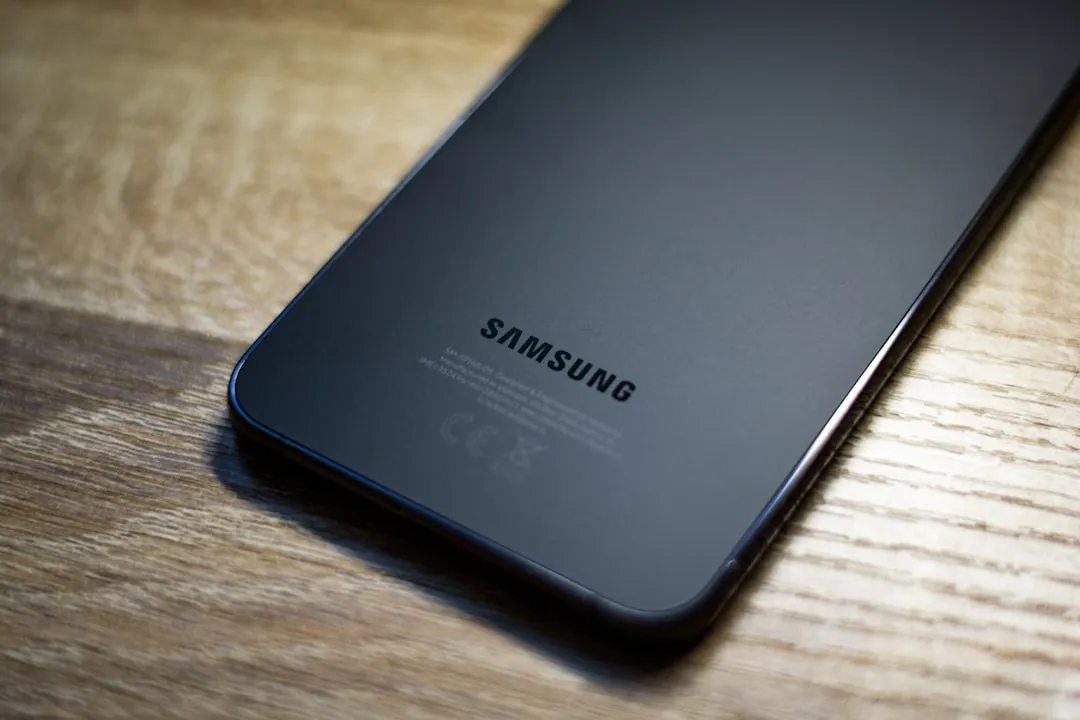





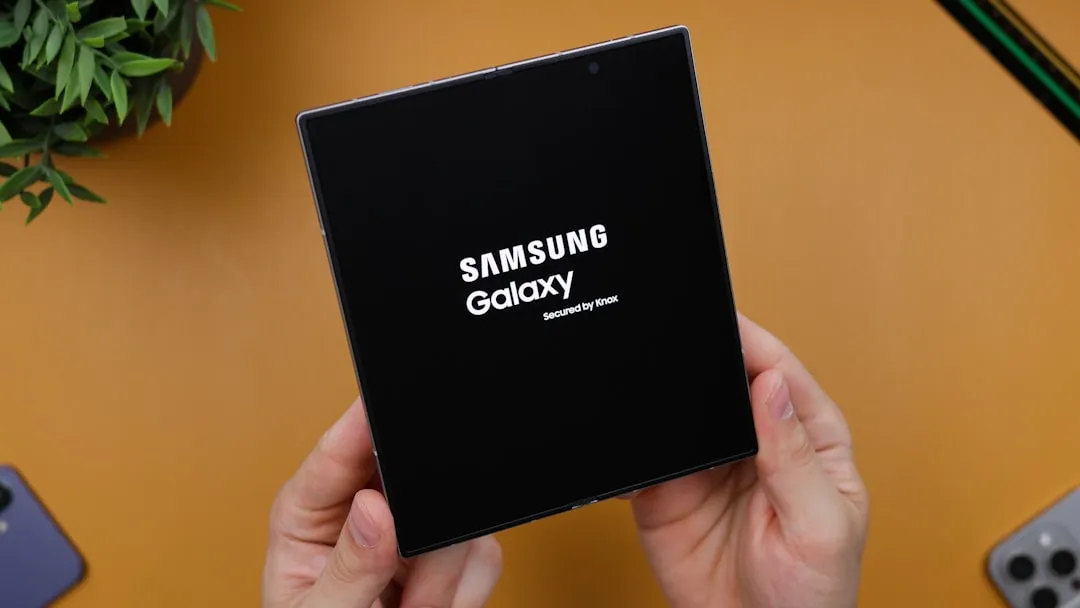


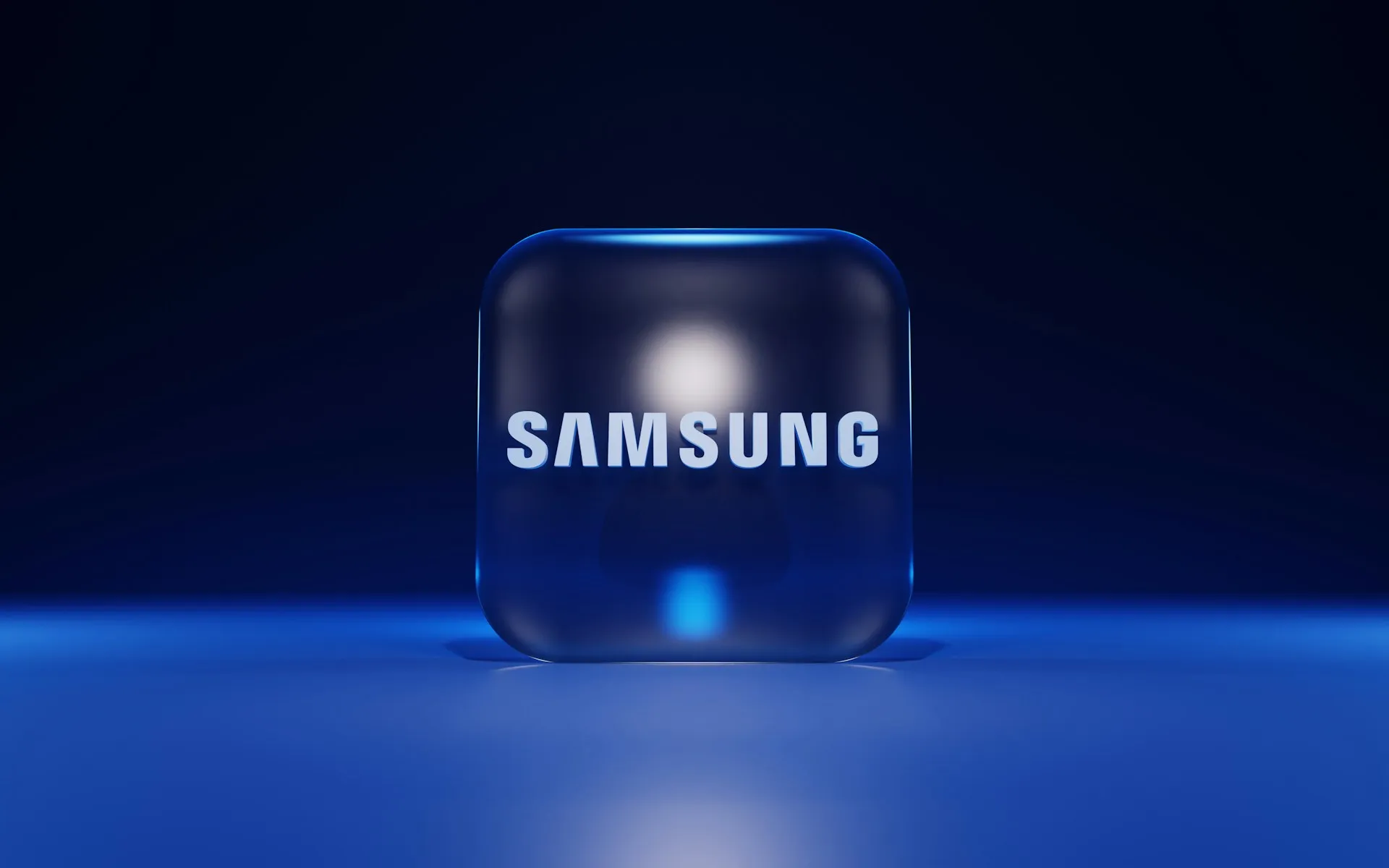

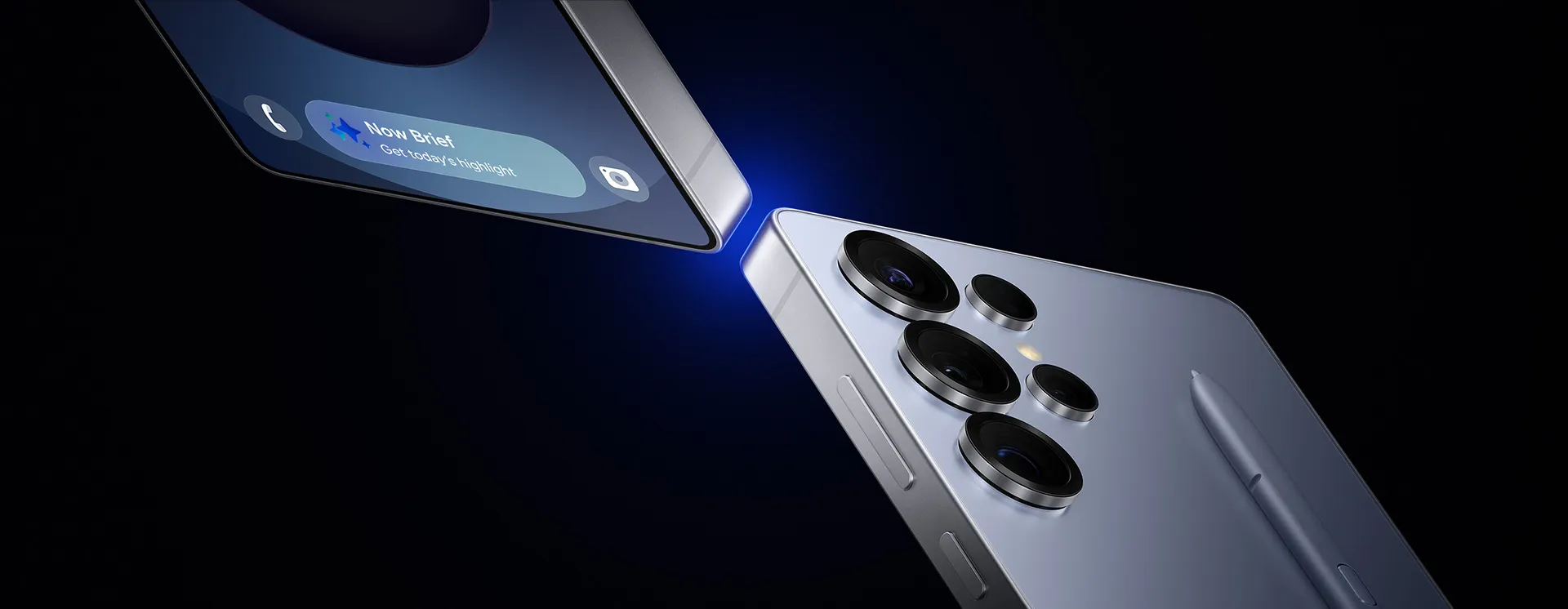

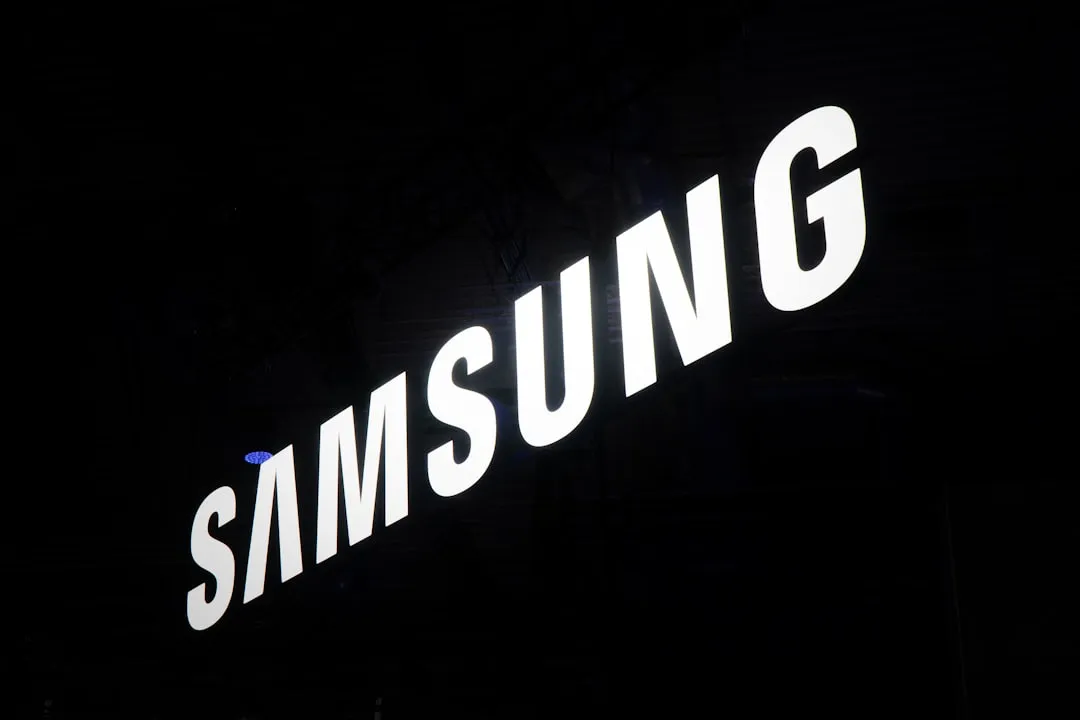


Comments
Be the first, drop a comment!